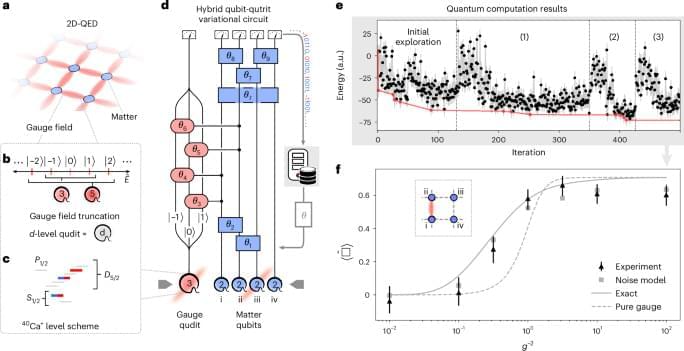Researchers have discovered a way to protect quantum information from environmental disruptions, offering hope for more reliable future technologies.
In their study published in Nature Communications, the scientists have shown how certain quantum states can maintain their critical information even when disturbed by environmental noise. The team includes researchers from the University of the Witwatersrand in Johannesburg, South Africa (Wits University) in collaboration with Huzhou University in China.
“What we’ve found is that topology is a powerful resource for information encoding in the presence of noise,” says Professor Andrew Forbes from the Wits School of Physics.








